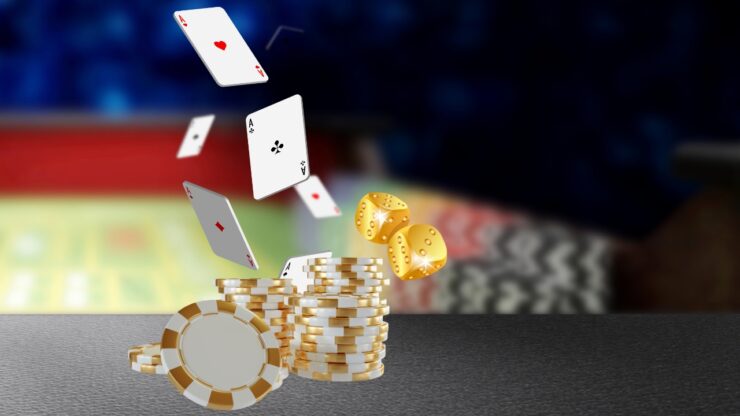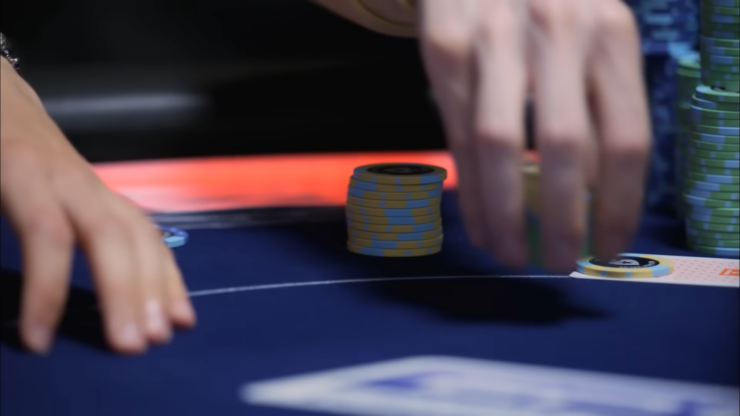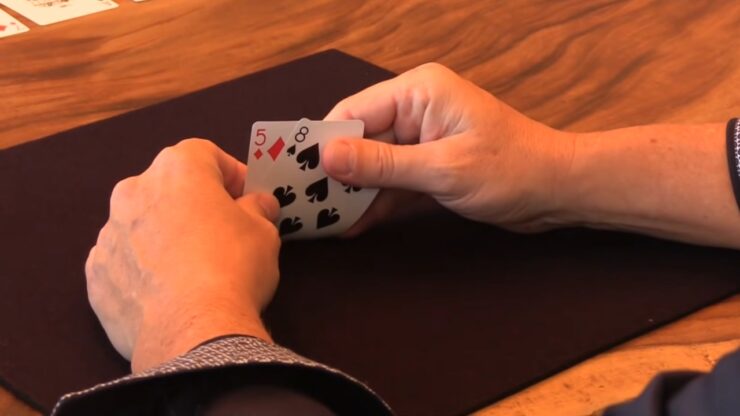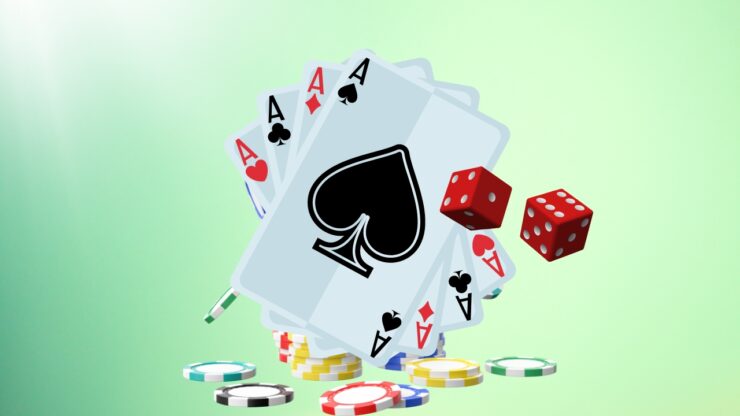Poker’s essence lies in skillful betting, a nuanced process beyond mere luck. Each player’s approach to betting reveals their understanding of the game. This perspective sheds light on betting as a critical element in poker, where skill, patience, and strategic insight converge.
Understanding Betting Dynamics

Betting is a fundamental aspect of poker, serving as the primary tool for players to influence the outcome of a hand. Effective betting involves not just deciding when to bet, but also how much to bet. This decision-making process is influenced by various factors such as the player’s position, the strength of their hand, and their perception of opponents’ hands.
Mastering betting requires a deep understanding of these dynamics and the ability to apply them in different situations. It’s not just about the cards you hold; it’s about the story you tell through your bets. Discerning the right amount to bet can turn a mediocre hand into a winner, or protect your stack from unnecessary losses. Navigating these waters skillfully is what sets apart amateurs from seasoned players.
The Psychology of Betting
Betting in poker is as much about psychology as it is about strategy. It involves reading opponents, understanding their tendencies, and predicting their responses to your bets. Successful players use betting as a means to manipulate the play, either by bluffing, inducing mistakes, or extracting maximum value from strong hands.
This psychological aspect of betting demands keen observation skills and the ability to adapt to the mental state and strategies of opponents. It’s a high-stakes game of cat and mouse, where the most subtle cues can speak volumes.
A well-timed bet can sow seeds of doubt, turn confidence into caution, or lure opponents into costly errors. The art of betting, therefore, is not just in the chips you place on the table, but in the thoughts you provoke in your opponents’ minds.
Bet Sizing Strategies

Effective bet sizing is crucial in poker. It involves determining the optimal amount to bet in a given situation to achieve a specific goal, be it to build the pot, protect a hand, or bluff an opponent.
Bet sizing should be consistent with the player’s overall strategy and the message they want to convey. Proper bet sizing can maximize winnings, minimize losses, and even manipulate opponents’ actions. For a deeper dive into this aspect, consider exploring the nuances of poker bet sizing.
Balancing Risk and Reward
One of the key challenges in betting is balancing risk and reward. This involves assessing the potential returns of a bet against the likelihood and consequences of losing.
Players must weigh the strength of their hand against the risk of encountering a stronger hand. This calculation is not just about the current hand but also about the overall game strategy, including managing one’s chip stack and considering the long-term implications of each bet.
Adapting Betting Styles

Different poker games and formats necessitate unique betting styles. In a no-limit game, the freedom to bet any amount offers a stark contrast to the structured increments of a limit game.
Tournament play, with its escalating blinds and prize-driven objectives, often requires a more cautious and adaptive approach compared to the relatively stable environment of cash games. Mastery in poker is not just about understanding the rules of the game but also about fluidly adapting one’s betting style to the specific nuances and demands of each format and structure, ensuring that strategies are not just sound but also contextually apt.
Leveraging Position in Betting
In poker, the position can be as crucial as the cards you hold. Being in a late position, where a player can observe and evaluate the decisions of their opponents before taking action, offers a significant informational advantage. It allows for a more calculated and strategic approach to betting.
Conversely, early position play demands a more conservative and protective strategy due to the lack of informational advantage. Recognizing and adeptly leveraging one’s position can tilt the odds in favor of a player, turning what seems like a subtle nuance of the game into a powerful tool in the arsenal of betting strategies.
The Impact of Table Dynamics on Betting

The fabric of poker is woven with the varying threads of each player’s style and strategy, creating a complex tapestry of table dynamics. These dynamics play a pivotal role in shaping betting decisions. An aggressive table, teeming with players frequently raising and re-raising, might necessitate a more guarded and selective betting approach.
On the other hand, a passive table, where players often check or call, might present opportunities for more aggressive value bets. Understanding and adapting to these dynamics is not just about playing the cards; it’s about playing the players, turning keen observation and adaptability into a strategic edge.
Tournament Betting vs. Cash Game Betting
In the contrasting landscapes of poker tournaments and cash games, betting strategies must be tailored to the unique challenges and opportunities each format presents. Tournaments are a high-stakes journey, with increasing blinds and the looming pressure of elimination pushing players to adapt their betting strategies, often starting conservatively and becoming progressively more aggressive.
Cash games, in contrast, offer a different rhythm, with static blinds and the flexibility to rebuy, fostering a more consistent and calculated betting approach. Understanding these differences is crucial, as it allows players to navigate through the shifting dynamics of each format with strategic precision and insight.
The Art of Bluffing in Betting
Bluffing, the poker equivalent of a high-stakes chess move, is an art that balances risk and reward. A successful bluff can dramatically shift the dynamics of the game, turning a weak hand into a winning one.
However, it’s not just about the cards; it’s about the story your betting pattern tells, the perception of your table image, and your ability to read and manipulate opponents’ perceptions. Effective bluffing requires a blend of boldness, subtlety, and psychological acumen, making it not just a tool for deception but a nuanced skill that, when mastered, can be one of the most thrilling and dynamic aspects of poker betting.
Conclusion
Betting is a complex aspect of poker that encompasses strategy, psychology, risk management, and adaptation to different game formats and positions. Mastering the art of betting requires not just an understanding of these elements but also the ability to apply them effectively in varied scenarios.
As players refine their betting skills, they enhance their overall poker proficiency, leading to more successful and rewarding gameplay.

